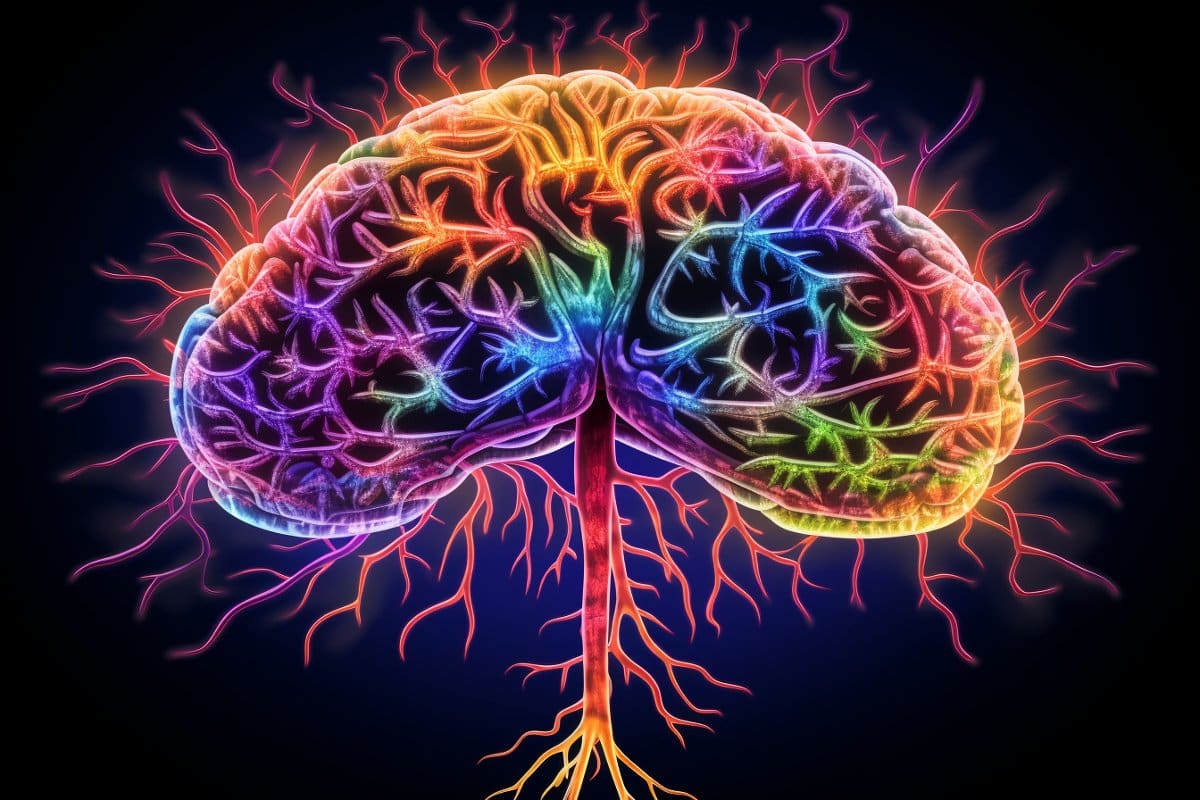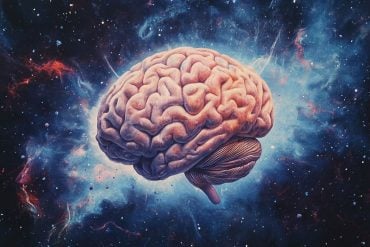Summary: Researchers uncovered how cannabis triggers appetite in the brain. Using calcium imaging technology to observe brain cells in mice exposed to vaporized cannabis sativa, the team discovered that cannabis activates specific cells in the hypothalamus associated with the anticipation and consumption of food.
This finding could lead to novel treatments for appetite disorders in cancer patients, anorexia, and potentially obesity. The study highlights the cannabinoid-1 receptor’s role in controlling Agouti Related Protein neurons, essential for appetite, and demonstrates that disabling these neurons negates cannabis’s appetite-stimulating effects.
Key Facts:
- Cannabis exposure activates specific hypothalamus neurons related to appetite in mice.
- The cannabinoid-1 receptor controls key “feeding” cells in the hypothalamus, influencing appetite.
- Disabling these key neurons prevents cannabis from stimulating appetite, offering potential therapeutic pathways.
Source: Washington State University
While it is well known that cannabis can cause the munchies, researchers have now revealed a mechanism in the brain that promotes appetite in a set of animal studies at Washington State University.
The discovery, detailed in the journal Scientific Reports, could pave the way for refined therapeutics to treat appetite disorders faced by cancer patients as well as anorexia and potentially obesity.
After exposing mice to vaporized cannabis sativa, researchers used calcium imaging technology, which is similar to a brain MRI, to determine how their brain cells responded. They observed that cannabis activated a set of cells in the hypothalamus when the rodents anticipated and consumed palatable food that were not activated in unexposed mice.

“When the mice are given cannabis, neurons come on that typically are not active,” said Jon Davis, an assistant professor of neuroscience at WSU and corresponding author on the paper. “There is something important happening in the hypothalamus after vapor cannabis.”
Calcium imaging has been used to study the brain’s reactions to food by other researchers, but this is the first known study to use it to understand those features following cannabis exposure.
As part of this research, the researchers also determined that the cannabinoid-1 receptor, a known cannabis target, controlled the activity of a well-known set of “feeding” cells in the hypothalamus, called Agouti Related Protein neurons.
With this information, they used a “chemogenetic” technique, which acts like a molecular light switch, to home in on these neurons when animals were exposed to cannabis. When these neurons were turned off, cannabis no longer promoted appetite.
“We now know one of the ways that the brain responds to recreational-type cannabis to promote appetite,” said Davis.
This work builds on previous research on cannabis and appetite from Davis’ lab, which was among the first to use whole vaporized cannabis plant matter in animal studies instead of injected THC—in an effort to better mimic how cannabis is used by humans. In the previous work, the researchers identified genetic changes in the hypothalamus in response to cannabis, so in this study, Davis and his colleagues focused on that area.
Funding: The current research received support from the Alcohol and Drug Abuse Research Program, the National Institute on Alcohol Abuse and Alcoholism, and the U.S. Department of Agriculture as well as by funds provided by the state of Washington Initiative Measure No. 171.
About this neuroscience research news
Author: Sara Zaske
Source: Washington State University
Contact: Sara Zaske – Washington State University
Image: The image is credited to Neuroscience News
Original Research: Open access.
“Cannabis Sativa targets mediobasal hypothalamic neurons to stimulate appetite” by Jon Davis et al. Scientific Reports
Abstract
Cannabis Sativa targets mediobasal hypothalamic neurons to stimulate appetite
The neurobiological mechanisms that regulate the appetite-stimulatory properties of cannabis sativa are unresolved. This work examined the hypothesis that cannabinoid-1 receptor (CB1R) expressing neurons in the mediobasal hypothalamus (MBH) regulate increased appetite following cannabis vapor inhalation.
Here we utilized a paradigm where vaporized cannabis plant matter was administered passively to rodents. Initial studies in rats characterized meal patterns and operant responding for palatable food following exposure to air or vapor cannabis.
Studies conducted in mice used a combination of in vivo optical imaging, electrophysiology and chemogenetic manipulations to determine the importance of MBH neurons for cannabis-induced feeding behavior.
Our data indicate that cannabis vapor increased meal frequency and food seeking behavior without altering locomotor activity. Importantly, we observed augmented MBH activity within distinct neuronal populations when mice anticipated or consumed food.
Mechanistic experiments demonstrated that pharmacological activation of CB1R attenuated inhibitory synaptic tone onto hunger promoting Agouti Related Peptide (AgRP) neurons within the MBH.
Lastly, chemogenetic inhibition of AgRP neurons attenuated the appetite promoting effects of cannabis vapor. Based on these results, we conclude that MBH neurons contribute to the appetite stimulatory properties of inhaled cannabis.






